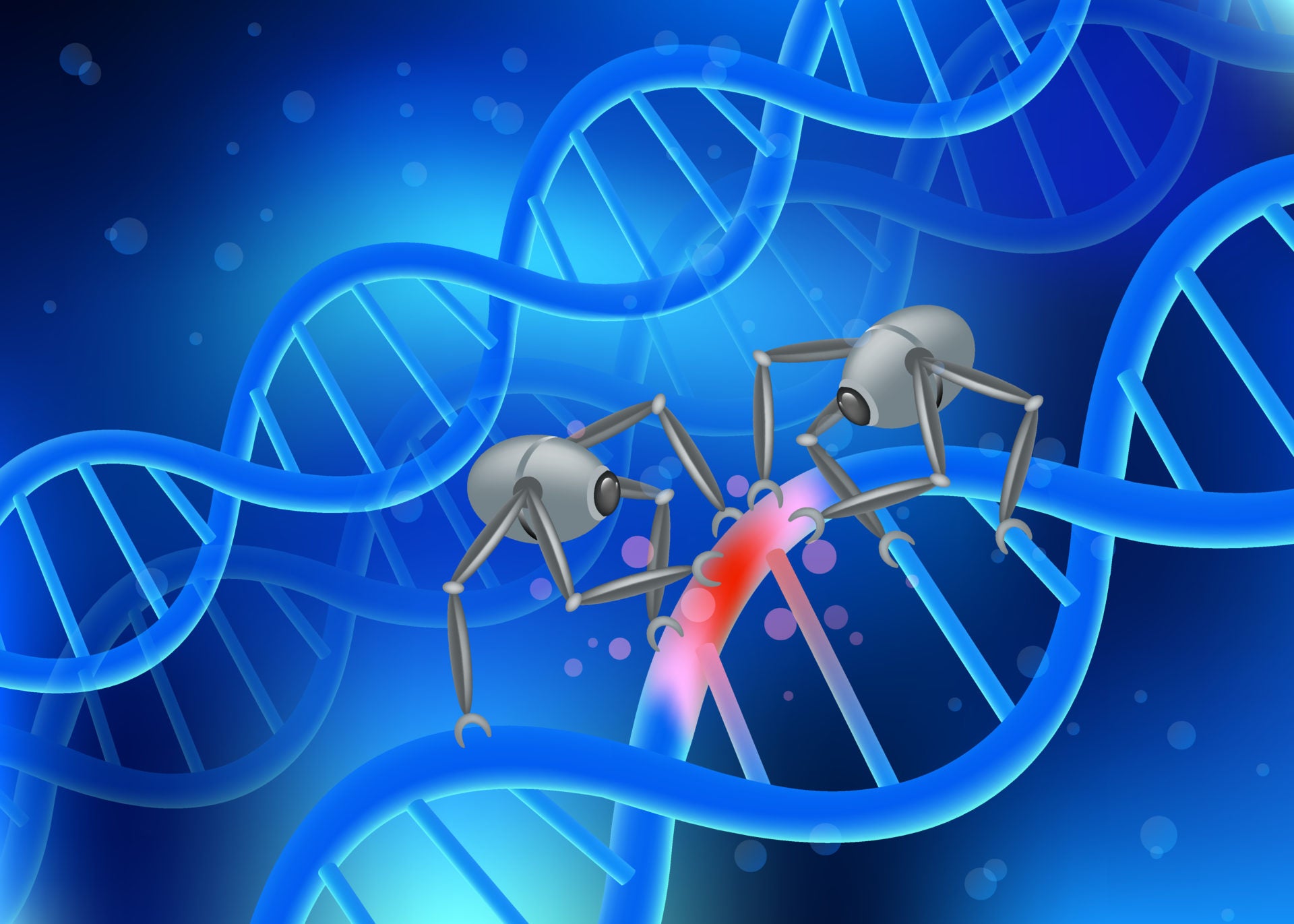
The advanced capabilities of modern robotics never fails to generate excitement, with videos of robots opening doors and even performing backflips flooding the internet. But advancements in robotics are also occurring on a far smaller, but no less important, scale.
Researchers at the university of Pennsylvania have developed micro robots so small that they can be injected through a hypodermic needle, opening up a range of medical applications.
They developed these cell-sized robots using a nanofabrication technique. The technique allowed researchers to turn a 4-inch specialised silicon wafer into a million microscopic robots in just weeks and at a low cost.
Each bug-shaped robot is the width of a human hair, is wirelessly powered, and is able to walk and survive harsh environments. These properties mean that the nanorobot can be injected into the human body and perform tasks such as drug delivery, mapping the brain or monitoring vital signs.
The robots are solar powered, controlled by a laser light transmitted to either two or four silicon solar cells on top of the robot’s skeleton.
However, powering the micro robots in this way means that they can only operate near the surface of the body. Therefore, researchers are looking into new energy sources, including ultrasound and magnetic fields, that would enable these robots to travel to other areas of the body.
How well do you really know your competitors?
Access the most comprehensive Company Profiles on the market, powered by GlobalData. Save hours of research. Gain competitive edge.

Thank you!
Your download email will arrive shortly
Not ready to buy yet? Download a free sample
We are confident about the unique quality of our Company Profiles. However, we want you to make the most beneficial decision for your business, so we offer a free sample that you can download by submitting the below form
By GlobalDataResearchers at Cornell and Pennsylvania are now at work on smart versions of the robots with on-board sensors, clocks and controllers.
In the future, nanobots are predicted to become a key part of medicine. They eliminate the need for invasive procedures and enable smart medicine by delivering drugs to specific parts of the body as well as performing diagnosis and repairs. They also have huge potential in patient monitoring, with doctors able to constantly assess patients via sensors within the body.




